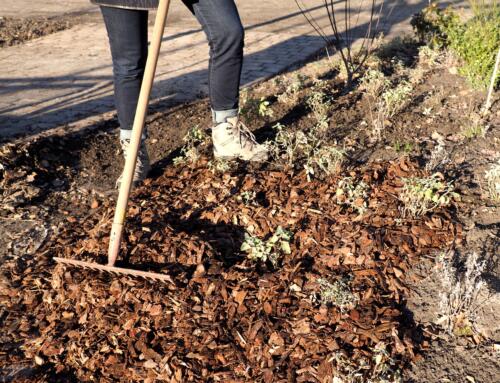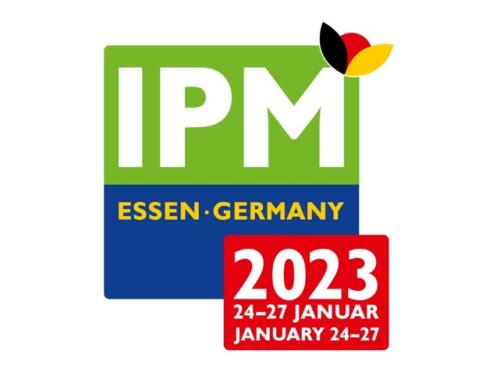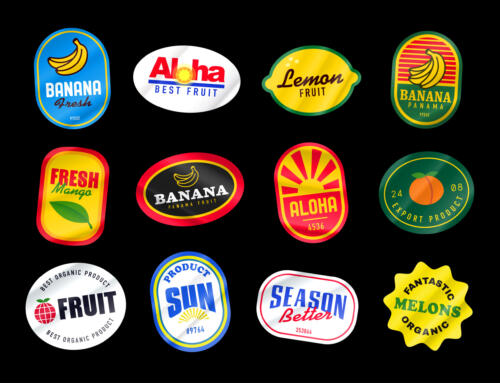It’s time to re-pot potted and patio plants
Our energy levels rise as soon as the sun starts to come out again after what seems to some like endless winter, and plants are just the same. There are some indoor plants where you can virtually watch the vitality creep back into them as soon as the radiators don’t need to be on all the time and, above all, when more light comes in through the windows. You see the plants grow taller, new leaflets appear, and the leaves seem to turn a more intense green colour. Even patio plants in their dark winter quarters realise quite well when spring is just around the corner and get ready for the outdoor season. Anyone providing good start conditions for their plants now will benefit in the long run. Gütegemeinschaft Substrate für Pflanzen e.V. (GGS) recommends that plant lovers check in good time which pot and patio plants need to be potted up and given fresh soil.
As a basic rule of thumb, pot up your plants every other year – in a pot or planter two to three centimetres wider in diameter than the old one. The plants also urgently need a new pot whenever the roots grow outside the pot to form a dense mat of roots underneath the pot or when the roots exert so much force they visibly distort the pot. Older or slow-growing plants can be sometimes left to grow in the same pot for three to four years. However, time for a “spring therapy” has definitely come when the potting soil has lost its nice crumbly structure or its surface is covered with calcium deposits.
A larger pot filled with fresh growing medium not only allows plant roots more space to grow and provides reliable support, but also improves water retention and nutrient storage capacity – provided the potting soil is of high quality. Gütegemeinschaft Substrate für Pflanzen e.V. (GGS) recommends that consumers use products carrying the RAL quality mark. RAL-certified substrates are made exclusively of high-quality feedstock to ensure optimum plant tolerance and structure stability. They are subject to continuous quality control by independent labs, are permitted only minimal deviations in nutrient contents and must be free of weed seeds and plant-damaging substances. Complying with these requirements, RAL-certified substrates provide optimal growing conditions and ensure that you can enjoy healthy plants.
Re-potting made easy
How to help your plants thrive
- Water the plant the day before re-potting.
- Placing a layer of grit or expanded clay granules in the bottom of pots ensures good drainage for outdoor container and patio plants even in persisting rain.
- Cover the pot bottom with soil and place the old pot into the new one to check the required thickness of the bottom layer. The potting soil surface should eventually be one to two centimetres below the rim of the pot.
- Span your hands around the root ball in the plastic pot, squeezing it gently several times.
- Remove any root mat from underneath the pot bottom. If thicker roots have grown through the bottom holes of the pot, cut the old plastic pot open with caution. Remove the root ball from the pot.
- Loosen the root ball by squeezing it gently. Remove any dry or rotten parts of the roots.
- Place the root ball in the pot centre, put the plant in an upright position and fill in the area around the plant with potting soil. The root ball should be at the same depth in the potting soil as before.
- Tamp down the soil around the plant gently and water thoroughly. Done!
Extra tip: For large patio plants that are to remain in the same container, simply remove a bit of soil from around the root ball. If that’s not possible because the roots have grown so strong, use a sharp knife to cut out one or two wedges from the root ball. Avoid cutting too closely to the plant centre as you could damage the primary roots.







